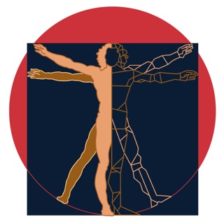In 1979, entirely independent of one another, three articles appeared that became very influential, and mark a kind of beginning point for contemporary evolutionary cognitive archaeology. Anthropologist Sue Taylor Parker and Neurobiologist Kathleen Gibson wrote “A developmental model for the evolution of language and intelligence in early Hominids.” Archeologist John A.J Gowlette wrote “Complexities of cultural evidence in the Lower and Middle Pleistocene” while Archeologist Thomas Wynn wrote “The intelligence of later Acheulean hominds” Again, let me emphasize that personally I do not take the position of any of the articles writer as I am more biased towards intelligent design. I am merely discussing the position of the different scholars in the field of cognitive archeology and how their thoughts have contributed to contemporary evolutionary cognitive archeology. Parker and Gibson advanced in their paper that stages of development of intelligence and language in our species … [Read more...]
The Beginnings of Cognitive Archeology: the foundations laid by the works of Holloway and Glynn
The study on how humans of the past thinks as reflected on the material culture that they left behind is what Cognitive Archeology is all about. And although critics say that the field is highly speculative in nature, it cannot be denied that the material remains of past cultures gives us access to the thought processes of the people that made them. In order to achieve a thorough analysis, cognitive archeology utilizes and combines the theories and methods of other sciences in order to come up with a reasonable and somewhat logical conclusion in interpreting the thoughts processes of ancient cultures as reflected in their material culture. In this sense, Cognitive Archeology is a truly multi-disciplinary discipline. The early beginnings of Cognitive Archeology can be traced to two papers written by South African Paleolithic Archeologist Ralph Holloway Jr. in 1969 and by Physical Anthropologist Isaac Glynn in 1976. Both articles are regarded as that which started the beginnings of … [Read more...]
